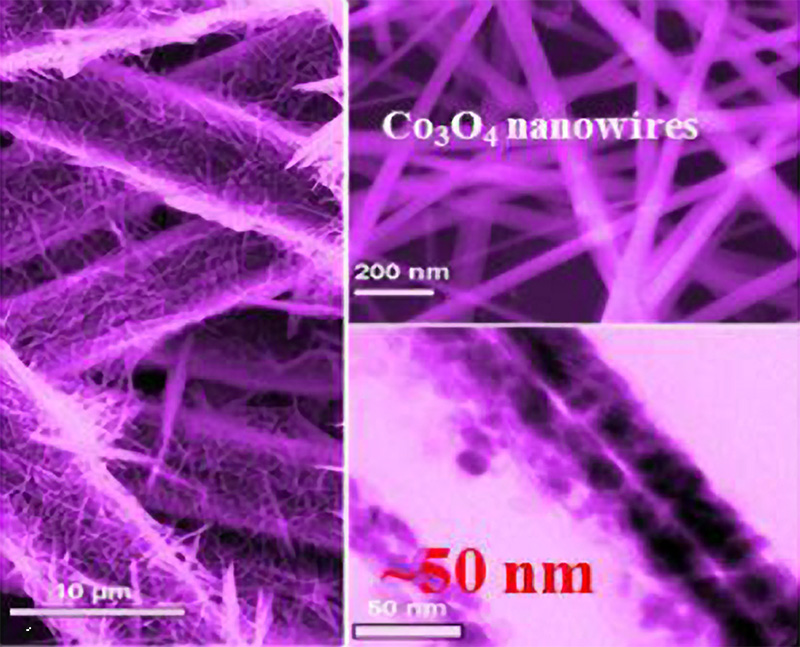
Nano-Composite Designs for Energy Storage
Nano-porous metal oxide coatings on carbon fiber dramatically enhance the electrical storage capacity for supercapacitors.

Nano-porous metal oxide coatings on carbon fiber dramatically enhance the electrical storage capacity for supercapacitors.
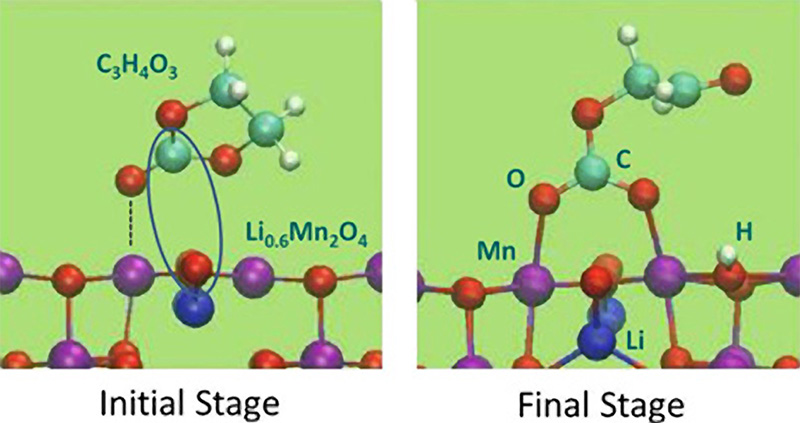
Charge-discharge chemistry for lithium ion batteries elucidated by theoretical calculations.

Assessment shows Midwest could support biomass production while benefiting climate.
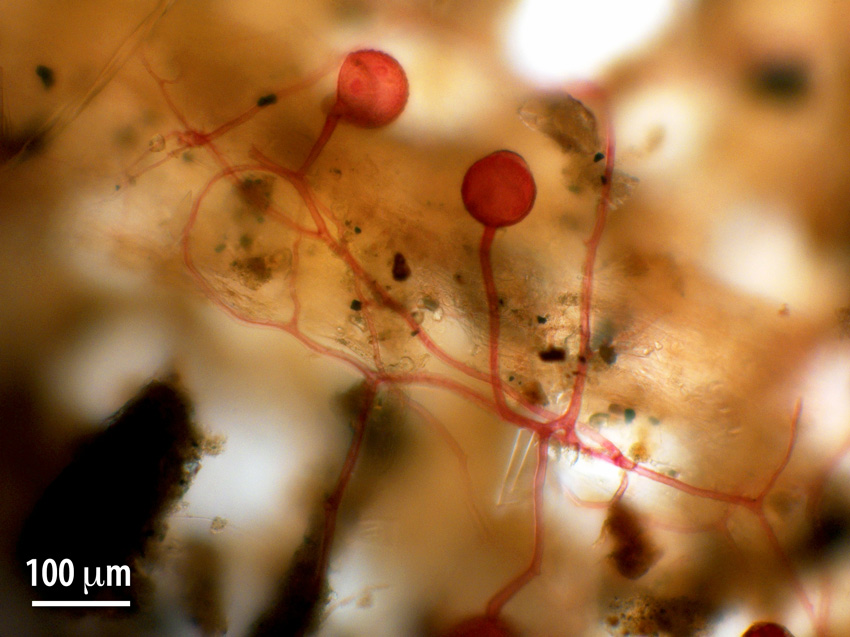
Study examines impact of symbiosis on soil processes and nutrient cycling.
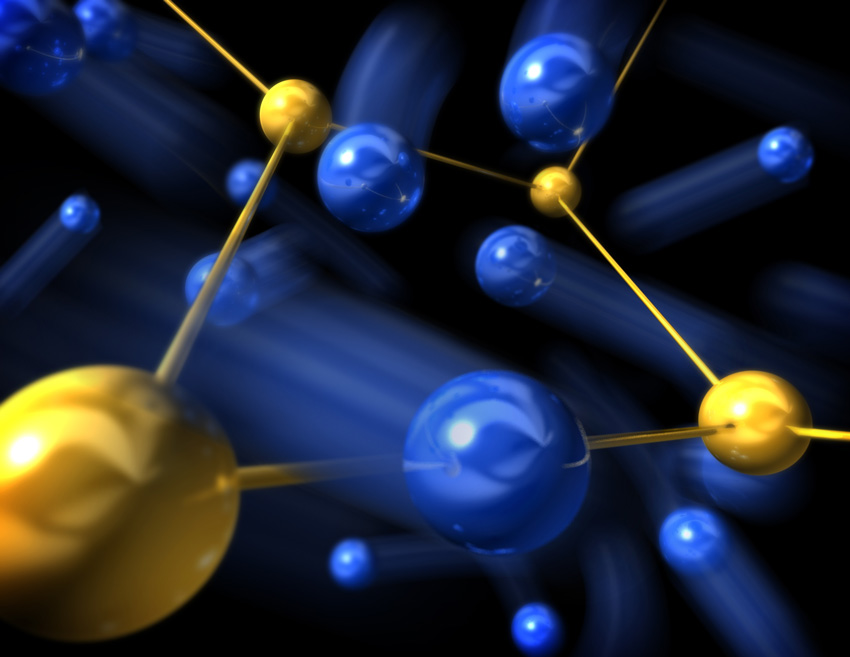
Atomic-Scale, femtosecond time-scale measurements unravel the atomistic pathways and speed limits for copper migration through a nanocrystal.
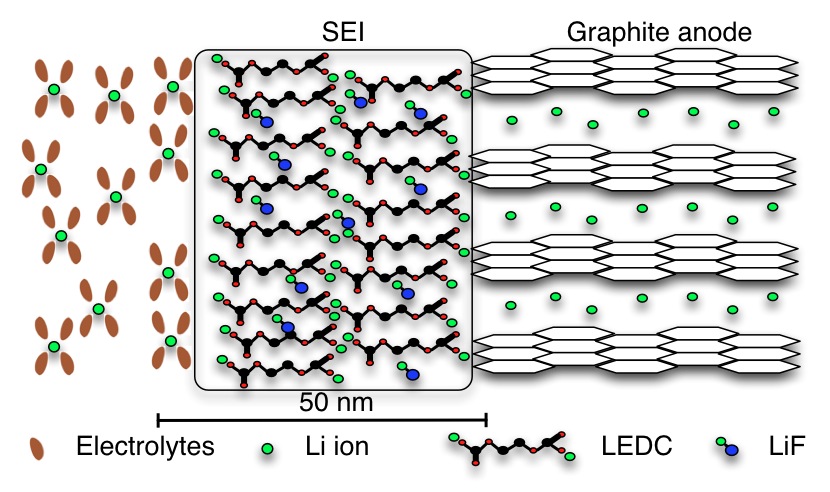
Structure and composition of the Solid Electrolyte Interphase in lithium ion batteries was investigated via a unique combination of microscopy and spectroscopy.

Recent studies reveal that complex ice-ocean interactions affect melting.
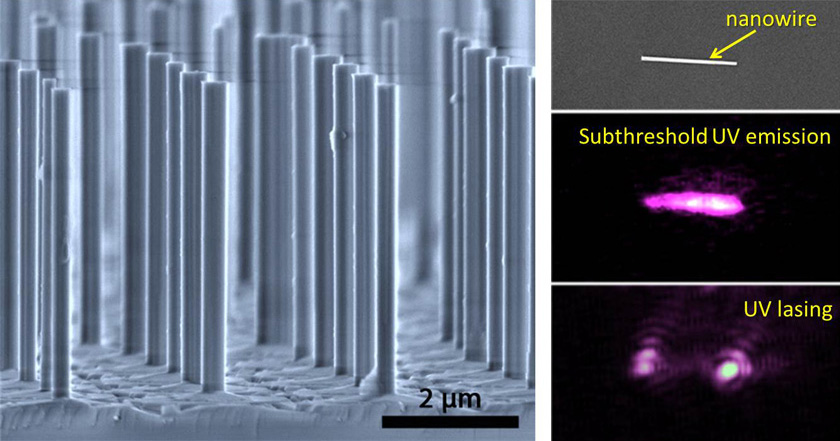
Precise control of nanowire geometry and optical environment enables tuning of lasing properties.
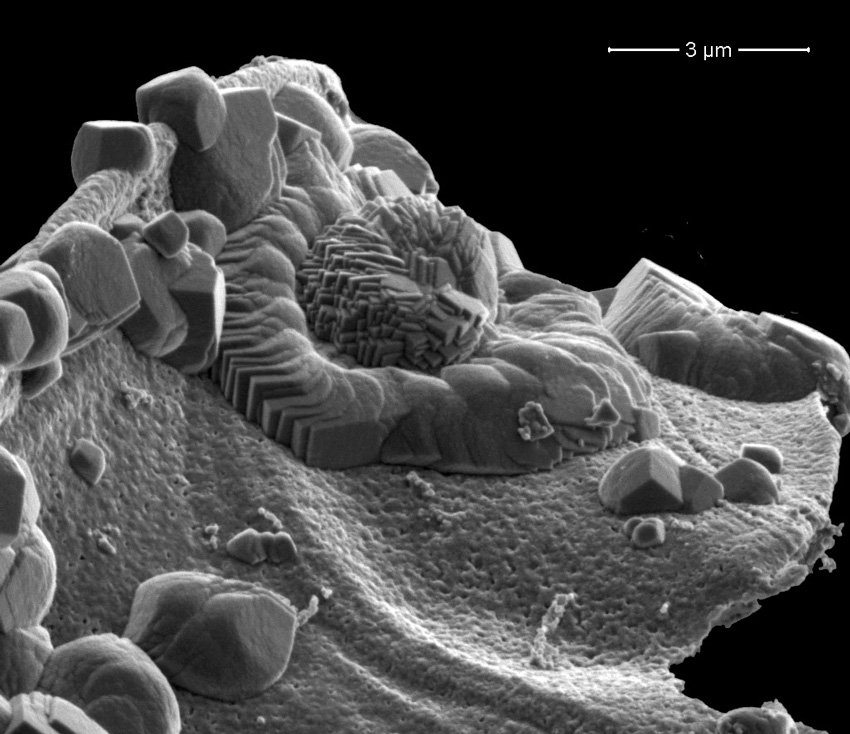
Unusual reaction eschews high temperatures and water to lock away climate-changing carbon dioxide.
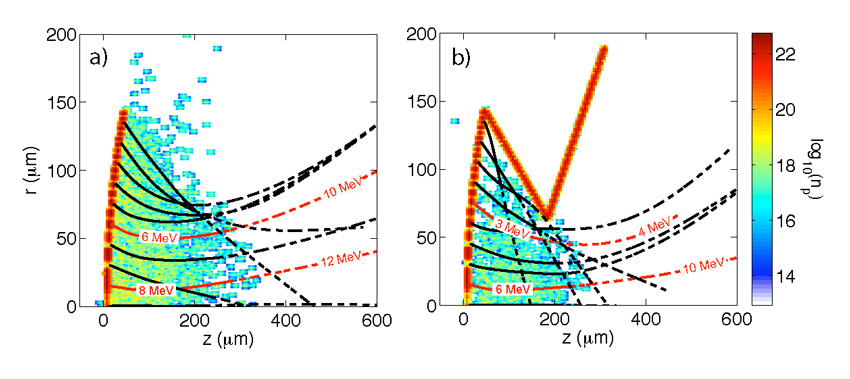
Focusing of laser accelerated proton beams advances with a novel cone target design.

Studies of different fusion reactions have shown unexpected plasma behavior in inertial fusion implosions.
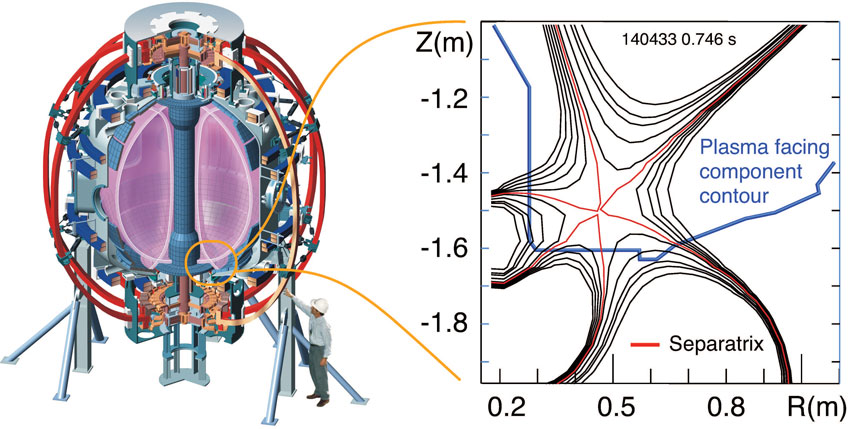
Recent experiments have confirmed the great potential of a novel plasma-material interface concept.